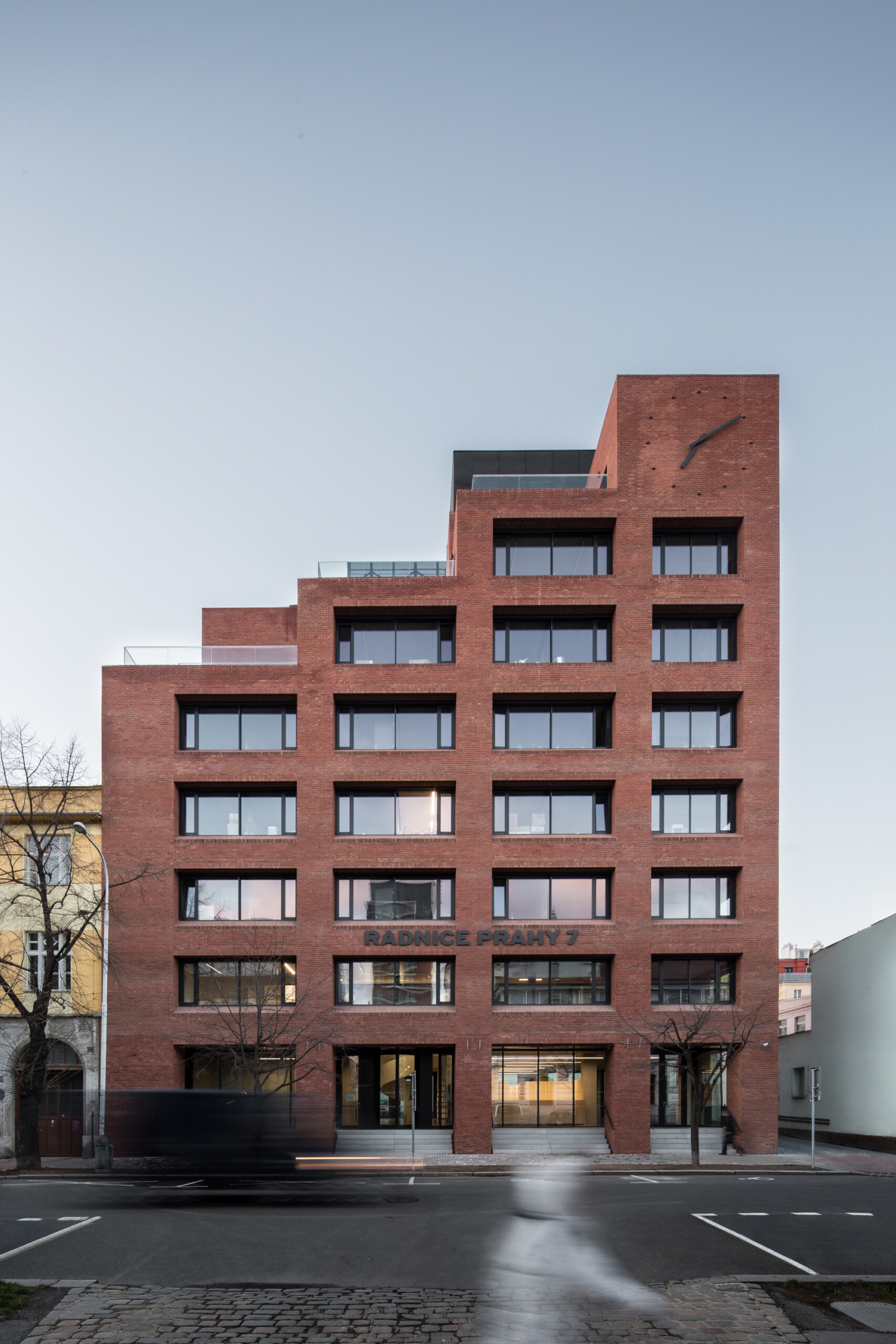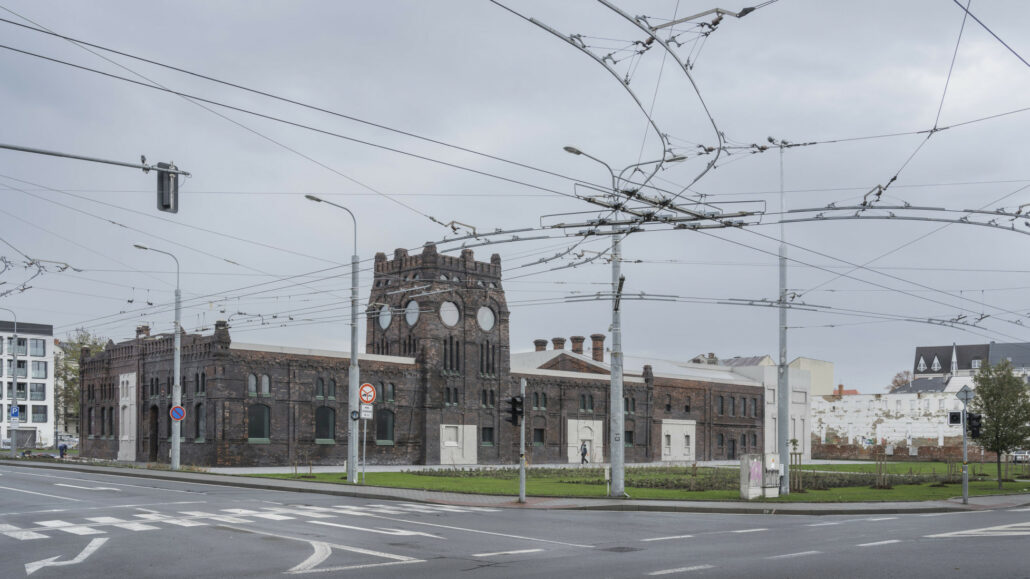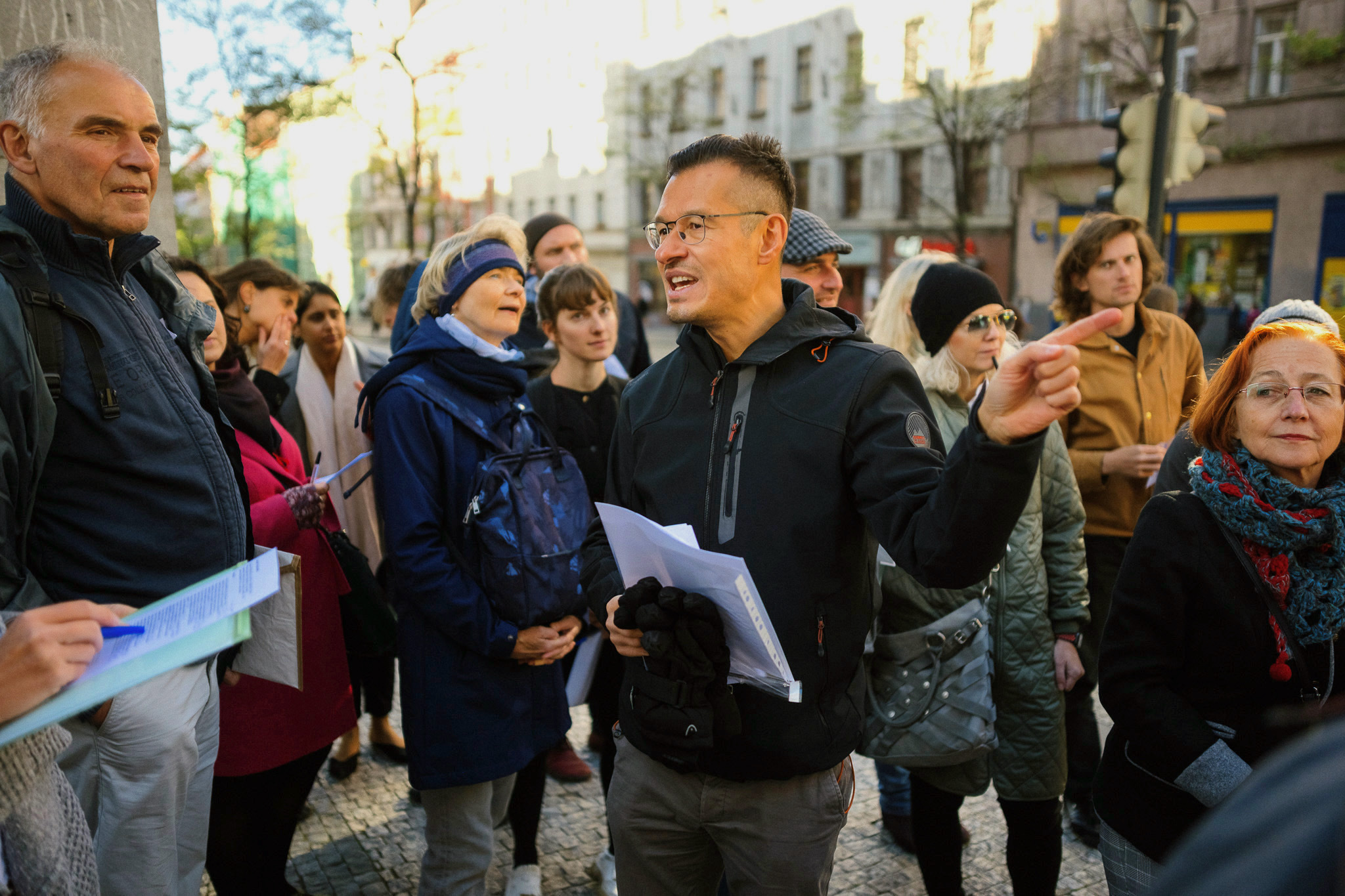Text: Osamu Okamura
Photo (up): KWK.Promes: PLATO Contemporary Art Gallery, Ostrava ©Juliusz Sokołowski
Over one hundred and seventy Czech cities, i.e. more than a quarter, have already established the position and use the services of a city architect, hired and paid by the municipal government, and working for the public benefit. In the smallest municipalities, a city architect comes for consultations only once every 14 days for half a day, in larger municipalities it can be one full-time position, while in bigger cities the scope varies from a five-member team to entire departments numbering dozens – or even hundreds of architects, such as it is in the capital city of Prague. Although it may seem obvious to many, most of these positions were created and filled through public tenders only in the last ten years!
It is a great result of the long-term efforts of the Czech Chamber of Architects, the Czech Chamber of Authorized Engineers and Construction Technicians, the Association for Urban Planning and Spatial Planning of the Czech Republic and the Ministry of Regional Development of the Czech Republic, for the formulation, adoption and implementation of the nationwide Architecture and Building Culture Policy of the Czech Republic1, approved by the government on 14 January 2015, updated in 2022 and approved again by the government on 4 January 2023.
The basic objectives of the Architecture and Building Culture Policy cover the following topics: sustainable land use of the landscape and settlements, high-quality public spaces created through architectural competitions and participatory processes, preservation of the permeability of the territory, sensitive integration of new buildings into the environment, procurement of spatial planning documentation and important public buildings through public urban planning and architectural competitions, an emphasis on the evaluation of costs during the entire life of the building not only on its acquisition, a requirement for high quality buildings, deepening education and training in the field of architecture at all levels of schools, education towards the widest public, support for research and the transfer of its results into practice.
The long-term cooperation of the Chamber with the Union of Towns and Municipalities of the Czech Republic in the field of promotion, education and networking of architects and municipal politicians is also behind the success of putting the Policy into daily practice. On this platform it is possible to hold regular meetings of representatives of municipal governments and exchange good practice between towns and municipalities. Last but not least, the Union also organizes regular competition shows Architect to the Municipality – an award given annually to exemplary cooperation between the political representatives of the municipality and its city architect – or a competition for the Urban Project of the Year. The Czech Chamber of Architects works consistently in this area, including within its own ranks, devoting one meeting of the Open Think Tank of Architects (OTTA) to the theme of city architects every year, where participants can network with each other, communicate effectively and collaborate across the country.
This new development in the last decade has, in addition to a significantly more systematic and conceptual approach to the acquisition of municipal land-use (master) plans with the help of urban planning competitions, also resulted in a significantly higher number of high-quality prepared and realized public buildings and public spaces as a result of open architectural and landscape competitions. It is therefore no surprise that good architecture, in contrast to the entire previous period, has now spread in large quantities to regions, smaller cities and towns across the country. Still: This does not happen completely automatically and without personal commitment. The best results can already be seen where there is exceptionally good, or even personal, cooperation between the representatives of the elected city government and the specific city architect approached by them.
 *BOD Architekti: New Town hall of Prague 7 District © Tomáš Slavík
*BOD Architekti: New Town hall of Prague 7 District © Tomáš Slavík
In my 2007 piece for Zeppelin architecture magazine (then called Arhitectura)2, I wrote about the difficulties of reconnecting to the often problematic roots of national architectonic identity from the first half of the 20th century, the second life of the prefabricated housing estates that dominated socialist mass-produced construction, the growing urban sprawl and the increasing number of giant shopping malls, both causing traffic jams. I devoted the last part of this text to the emerging iconic architecture of global starchitects and multinational corporations, in contrast to Czech architectural moderation and austerity. For the then Dutch architecture magazine A10 in 20163 I tried to describe the ongoing architectural development as a shift in the focus of architects on individual buildings, to a new emphasis on the overall quality of life in cities and on the resilience of cities – in close connection with all the successive economic, climatic and security crises. I also wrote about the newly emerging institutions of urban planning, the exchange of international good practice through multidisciplinary platforms and international schools. This trend went hand in hand with the emergence of a young generation of architects who already had the opportunity to gain European experience by practicing abroad. The turn from quantity and low price to quality and value of the place was also connected with the onset of a wave of revitalizations of previously neglected internal brownfields.
If, in the spirit of the above, I would like to simply name the latest trends in the development of Czech architecture for the purposes of this issue of the Zeppelin magazine, we can speak of the present as the time of the spread of good practice from big cities, with their good architecture schools and financially strong investors, to many smaller cities and towns, even in more remote regions, through ambitious and talented (and often young) city architects, and through open architectural competitions for various smaller public projects arising from the needs of local communities. These projects range from new town halls, community centers, elementary school buildings, kindergartens, fire stations, libraries, city galleries, educational centers, to corporate headquarters of smaller local manufacturers.
You will therefore find this type of architecture, which is being created outside the largest centers, in this issue of the magazine. As an official independent nominator for the Czech Republic, I included some of them in the representative selection of the best domestic realizations over the past two years, on the nomination list of the European Prize for Contemporary Architecture – Mies van der Rohe Award 2024. Ostrava Plato Gallery by the Polish architect Robert Konieczny from KWK Promes, the result of an international architectural competition realized on Czech territory, for the first time in the history of domestic participation in this show, was among the narrowest selection of five finalists, the best five European architectures from the last two years.
I wish you an inspiring read,
Osamu Okamura, architect and guest curator of the issue
BIO
Osamu OKAMURA, is an architect and educator focused on increasing the livability of cities and its interpretation. Formerly Visiting Professor at the Tokyo University of Science and the Dean of the Faculty of Arts and Architecture of Technical University in Liberec, member of the Committee for Development of Urbanism, Architecture and Public Spaces of the Prague 7 City District Authority, chairman of the Prague City Council Committee for Art in Public Spaces, program director of reSITE, an international festival and conference on more livable cities, and editor-in-chief of the architectural magazine ERA21. Author of the text of the award-winning book Die Stadt für alle (City for Everyone: A Manual of Urbanism for Beginners), illustrated by David Böhm and Jiří Franta, won the DAM Architectural Book Award 2022, announced by the Deutsches Architekturmuseum as part of the Frankfurt Book Fair, and the Bologna Ragazzi Award: New Horizon, 2021 for the most innovative book for young people.
Notes:
1 Architecture and Building Culture Policy of the Czech Republic. Update 2022. Online. Pdf available here. [cited 2024-07-01].
2 OKAMURA, Osamu, Trei puncte de vedere asupra arhitecturii cehe (Three Perspectives on the Czech Architectural Scene), in: Architectura, Bucharest 2007, No. 51, pp. 18-23.
3 OKAMURA, Osamu, Masterplanning for liveability. EUROVISION: Czech Republic, in: A10, Amsterdam 2016, No. 69, pp. 40-41. Hot spots of discussion. Reflecting Czech Republic, in: A10, Amsterdam 2016, No. 69, pp. 42-43. Dancing towards transformation. Rethinking Czech Republic, in: A10, Amsterdam 2016, No. 69, pp. 46-47.
Zeppelin magazine #172 – Czechia (summer, 2024)
Extended summary – here
*Fb launching event




